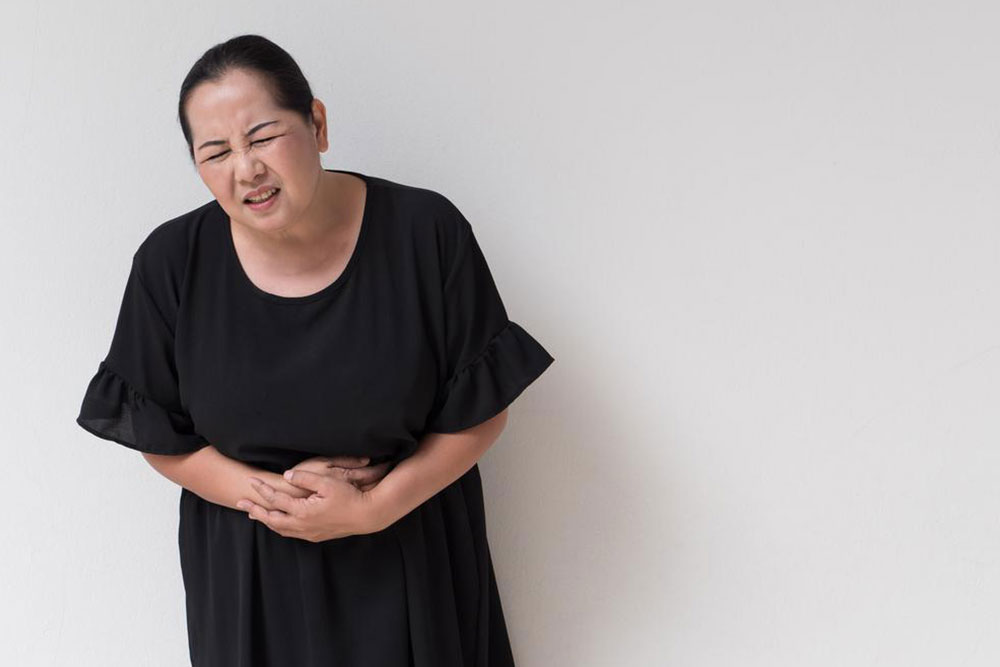Understanding the signs and treatments for kidney cysts
Kidney cysts are fluid-filled sacs situated inside your kidneys. A patient can have one or multiple of these pouches in both the kidneys. Typically these can occur in two forms, i.e., simple cysts and polycystic kidney disease. The former is harmless and doesn’t negatively influence the function of the kidneys. You might not even realize their presence as they don’t project any symptoms. In fact, they are often identified during an imaging test implemented for another medical problem.
On the other hand, polycystic kidney disorder is an inherited disease that can cause significant damage to the kidney as the cysts develop.

Signs of kidney cysts
As mentioned earlier for a simple kidney cyst there might not be any obvious symptoms until the sac grows big or gets infected. Then it may exhibit the following signs
- Frequent urination
- Blood in the urine
- Dark urine
- Inflammation and discomfort the upper abdomen
- Pain the back or between the pelvic area and ribs
- Fever
Similarly, polycystic kidney disease may cause additional symptoms like
- Urinary tract infection
- Kidney stones
- Severe pain in the back
- Pale skin and increased vulnerability to bruising
- Tiredness
- Discomfort in the joints
- High blood pressure
- Abnormalities in the nails
Kidney cyst treatments
A specialist known as a urologist can help you diagnose this condition with the help of blood and urine tests to determine your kidney’s functional capabilities.
For cysts that are bigger, you will need to opt for kidney cyst treatments such as sclerotherapy or surgery.
- Sclerotherapy This treatment drains the fluid-filled sacs. The doctor will use a local anesthetic to numb you and then use an ultrasound to direct a thin needle in your cyst through the skin. At times the doctors will fill the cyst with an alcoholic solution to stop it from developing again.
- Surgery If the cyst happens to be bigger in size then you may need surgery to remove it. This type of cyst is eliminated using a camera and tiny surgical instruments. The specialist will begin by draining the cysts, and then they’ll cut or burn its walls.

